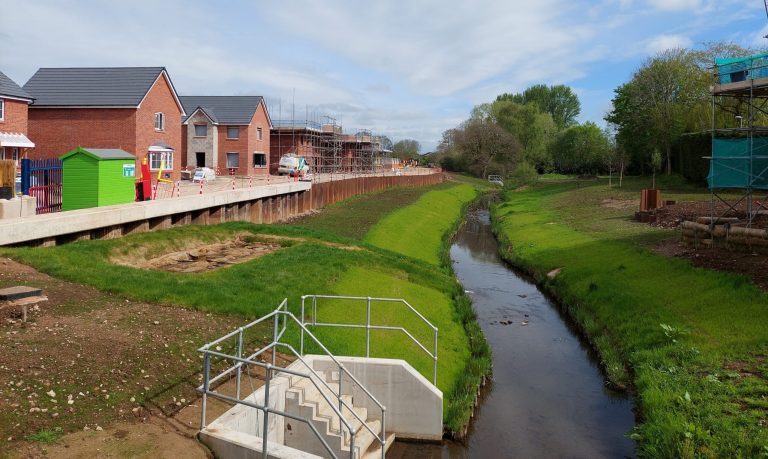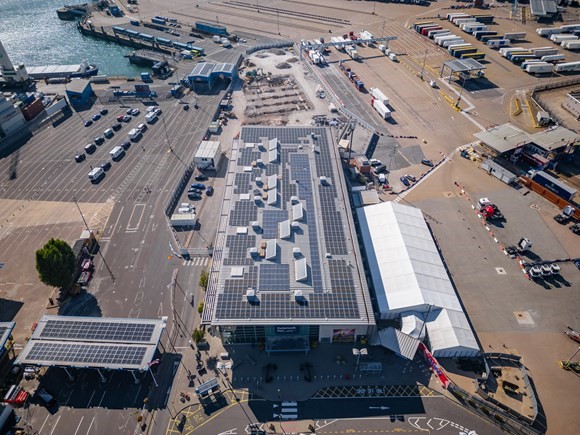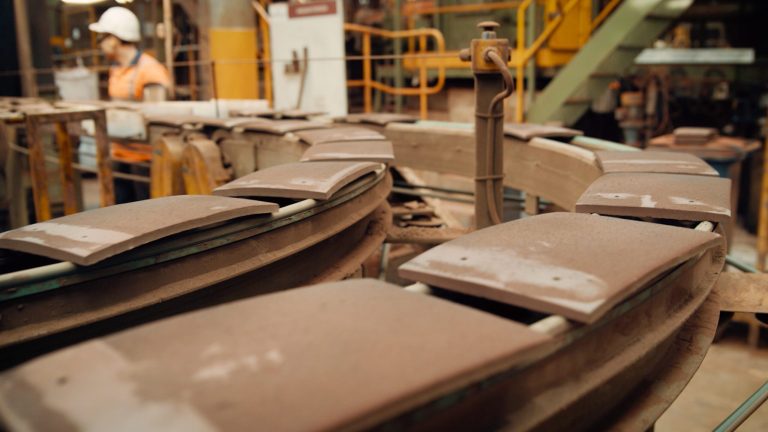You’ve got the business skill, the marketing techniques, and the staff to have your own small brewery. However, the problem that you will be dealing with is exactly how to build it! A small brewery is a specialized building that needs to follow its own special set of rules, and there are a lot of construction principles that you need to follow in order to make your brewery a success! Key Features Of Your Building Before we get into the features that will go into building the building, let’s look at the structure itself. First, you want a good location that will allow customers and delivery trucks to be able to reach you in equal measure. Additionally, you need enough square feet to accommodate all the equipment and everything else you need to build a brewery. As a general guide, for a 3 to 5-barrel brewing system, you need 300 to 500 square feet of space for everything. For a 7, 10, or 15-barrel brewing system, you need anywhere from 550 to 1,200 square feet and that is just for the brewing system! Plus, you need a building that has tall ceilings, proper venting, proper drainage systems, and also access to high-pressure water as well. A small brewery is going to need specific utilities to work. For example, you need high-pressure water and a uniform flow that doesn’t impact water in the other areas of the building. Additionally, you might need a system to filter the water as well. Electrical services are also going to be important. Depending on your brewing equipment, you will need different levels of electrical requirements, as well as a system that can handle that strain. Proper drainage in several areas that flow well in various areas of the brewery is also needed, as well as proper venting. As you are building, make sure that your space can meet all these needs or your microbrewery will fall flat. Just like a restaurant, your surfaces need to be clean and also need to be very easy to clean as well. The finishes that you pick for your surfaces will make it easier to clean them, and it is worth factoring them into your construction. You should be able to wash all floors and walls, and the floor finish also needs to be durable enough to resist the brewing process and resist stains and damage as well. Steel buildings are the best for this because they can be washed and cleaned, and you can easily design a durable floor system around them as well. Look for a steel building for your brewery if possible, because it holds a lot of advantages that can mitigate the other problems that a brewery can face. Other Key Brewery Considerations: What Hops Will You Use? Finally, even as you build the building to make it perfect, you also need to consider what goes on inside your brewery! The hops that you use are going to be just as important as the materials that they go in, and you need to consider this choice carefully. Lots of different hops are going to be available, and all of them will have different beer profiles. For example, Cascade hops are used for bitterness, aromas, and also for light beers. Meanwhile, Southern Hemisphere hops are also used for their unique flavors as they are grown south of the equator and are focused on flavor. Picking the hops that you are going to brew for your beer is a tough choice for any small brewmaster, and that is going to be very important for your brewery as things go. So don’t be afraid to take some time before making the choice. Build Your Brewery, But Do It Right As you have seen from this article, building even a small brewery can be something that takes a lot of thought and requires some hard decisions to be made. So don’t be afraid to pump the brakes and think about all the tiny details that will make your brewery perfect. The more thought you put into the brewery, the better it will be whenever you get it up and running! So get the right hops, the correct specifications, and the space you need to build your brewery. The better that you do at building your brewery at the start, the more you can focus on expanding your operation once everything gets up and running!














